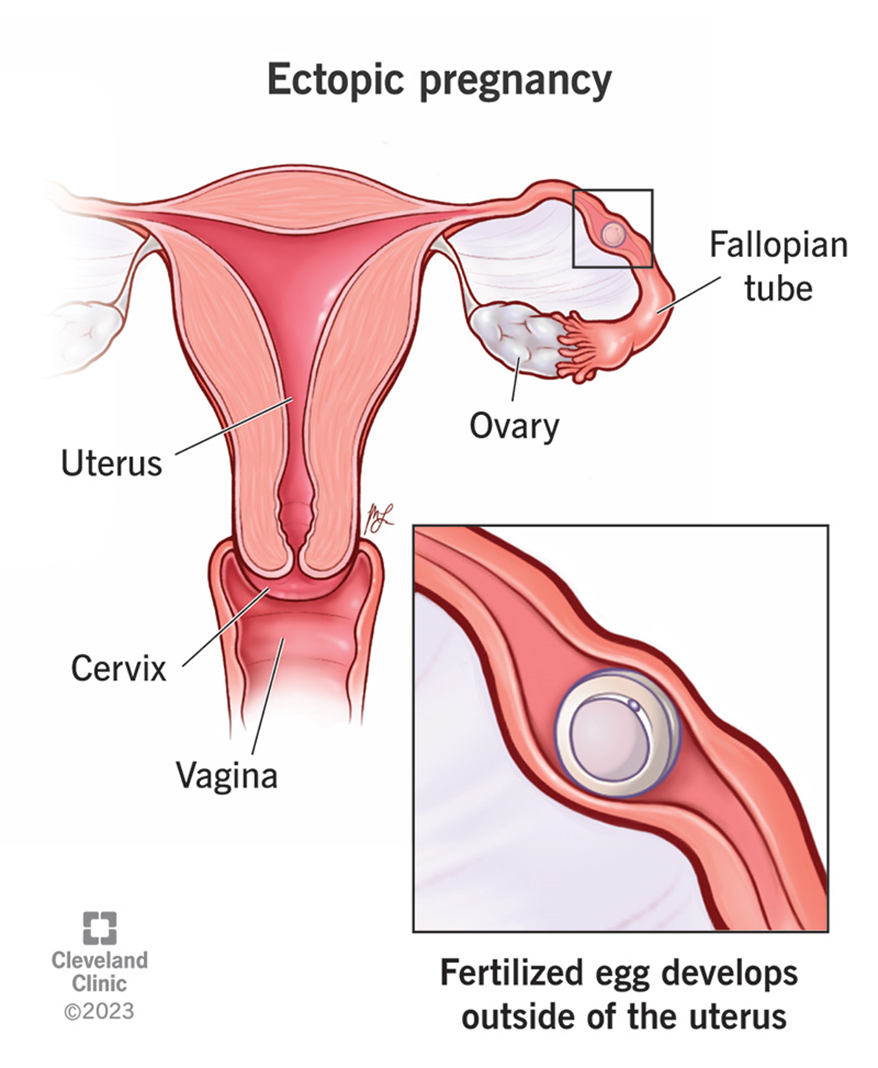After assisting with a vaginal delivery, what would the nurse do to prevent heat loss via conduction in the newborn?
Dry the newborn with a warm blanket.
Close the doors to the delivery room.
Wrap the newborn in a blanket.
Place the newborn on a warm crib pad.
The Correct Answer is D
Choice A reason:
Drying the newborn with a warm blanket is an effective method to prevent heat loss through evaporation, not conduction. Evaporation occurs when moisture on the baby’s skin turns into vapor, which can cool the baby down. Using a warm blanket to dry the newborn helps to remove this moisture and keep the baby warm, but it does not specifically address heat loss via conduction.
Choice B reason:
Closing the doors to the delivery room helps to maintain a warm environment and prevent drafts, which can reduce heat loss through convection. Convection is the transfer of heat through air currents, and keeping the room warm can help to minimize this type of heat loss. However, this action does not directly address heat loss via conduction.
Choice C reason:
Wrapping the newborn in a blanket is another method to prevent heat loss through radiation and convection. By wrapping the baby, you create a barrier that helps to retain the baby’s body heat and protect against cooler air temperatures. While this is important for overall warmth, it does not specifically target heat loss via conduction.
Choice D reason:
Placing the newborn on a warm crib pad is the most effective method to prevent heat loss via conduction. Conduction is the transfer of heat from the baby’s body to a cooler surface. By using a warm crib pad, you ensure that the surface in contact with the baby is warm, thereby reducing the amount of heat lost through conduction. This method directly addresses the issue of heat loss via conduction and helps to keep the newborn warm.
Nursing Test Bank
Naxlex Comprehensive Predictor Exams
Related Questions
Correct Answer is A
Explanation
Choice A Reason:
One of the most reliable indicators that a baby is getting enough breast milk is the number of wet diapers. A well-hydrated baby should wet at least 6 to 8 diapers per day. This indicates that the baby is receiving sufficient fluids and nutrients from breast milk. Consistent wet diapers are a clear sign that the baby is feeding well and getting enough milk.
Choice B Reason:
A wake cycle of 30 to 60 minutes after each feeding is not a reliable indicator of adequate breast milk intake. Babies have varying sleep and wake patterns, and these can be influenced by many factors other than feeding. While some babies may stay awake for a short period after feeding, this is not a definitive sign of adequate milk intake.
Choice C Reason:
Burping after each feeding is a common practice to help release any swallowed air, but it does not indicate whether the baby is getting enough breast milk. Burping is more related to the baby’s comfort and digestion rather than the quantity of milk consumed.
Choice D Reason:
Sleeping at least 6 hours between feedings is not typical for a newborn, especially in the first few weeks of life. Newborns usually feed every 2 to 3 hours, including during the night. Long sleep intervals can be a concern and may indicate that the baby is not feeding frequently enough, which could affect milk intake and hydration.
Correct Answer is D
Explanation
Choice A reason:
A large amount of vaginal bleeding is not typically associated with an ectopic pregnancy. While some vaginal bleeding can occur, it is usually light and not the primary symptom. Heavy bleeding is more commonly associated with other complications such as miscarriage or placental issues.
Choice B reason:
Uterine enlargement greater than expected for gestational age is not a characteristic of ectopic pregnancy. In fact, the uterus may not enlarge significantly because the pregnancy is occurring outside the uterine cavity. This symptom is more indicative of conditions like molar pregnancy.
Choice C reason:
Severe nausea and vomiting are common symptoms of a normal pregnancy due to hormonal changes but are not specific to ectopic pregnancy. While some women with ectopic pregnancies may experience nausea and vomiting, these symptoms alone are not diagnostic.
Choice D reason:
Unilateral, cramp-like abdominal pain is a hallmark symptom of ectopic pregnancy. This pain typically occurs on one side of the abdomen, corresponding to the location of the ectopic implantation, usually in a fallopian tube. The pain can become severe and is often accompanied by light vaginal bleeding. If the fallopian tube ruptures, the pain can become intense and may be accompanied by signs of internal bleeding, such as dizziness, shoulder pain, and shock.

Whether you are a student looking to ace your exams or a practicing nurse seeking to enhance your expertise , our nursing education contents will empower you with the confidence and competence to make a difference in the lives of patients and become a respected leader in the healthcare field.
Visit Naxlex, invest in your future and unlock endless possibilities with our unparalleled nursing education contents today
Report Wrong Answer on the Current Question
Do you disagree with the answer? If yes, what is your expected answer? Explain.
Kindly be descriptive with the issue you are facing.
